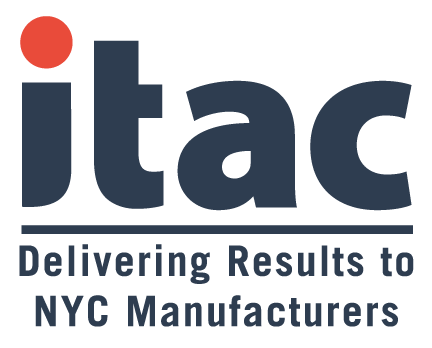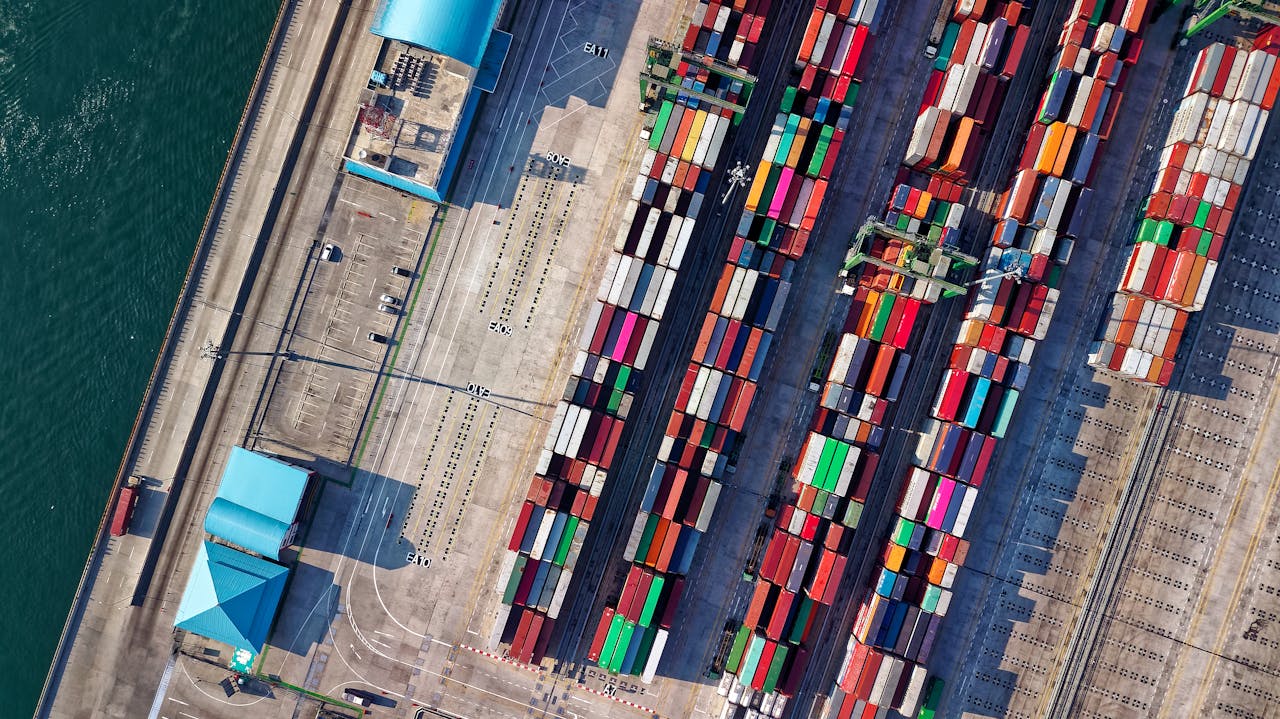The fact that about 85% of the global market is outside the U.S. should alone be a compelling enough reason for manufacturers to pursue international sales. Exporting allows manufacturers to diversify their customer base, tap into new markets, and mitigate the impact of economic fluctuations in any one region.
But the benefits of exporting go far beyond financial gains. They include long-term strategic advantages that contribute to the growth and sustainability of your business.
Embracing a global perspective fosters innovation and acts as a catalyst for efficiency improvements. It introduces you to diverse perspectives and helps your company become more agile and resilient. In fact, you may already have competitors here in the U.S. who are leveraging what they have learned in international markets.
ExporTech™ is an export accelerator offered by ITAC and the entire MEP National Network, as well as the U.S. Commercial Service (USCS). The Network has worked with more than 1,300 companies to ramp up international sales, so we have not only seen the successes but also the missed opportunities and failure to manage risk. Let’s look at a strategic approach to avoid three common missteps when pursuing international sales.
1. Gaps in evaluation and selection of global target markets
We recommend targeting a limited number of markets to ensure the best chance of success. Keep in mind that each new country you enter may bring a new language, customs, and regulatory issues. Companies sometimes target too many countries or markets and spread themselves too thin. You have finite bandwidth and resources, so you will need to make wise choices about where to focus your investments.
When selecting markets, use a micro approach instead of a macro approach to evaluate a country’s market size and sales potential. Macro data on a country’s gross domestic product and its economic growth is valuable, but you must get beyond that to the specific market niche you want to serve. A few interviews with distributors and customers in your specific niche are often more valuable than trade data. The USCS has offices all over the world in embassies and consulates and can help you with this.
For example, we worked with a company that makes high-end performance clothing for cold weather outdoor enthusiasts. Macro data on apparel overall is not highly relevant. Discussions with retailers and distributors that catered to performance outdoor brands yielded meaningful market information about the company’s opportunities.
Don’t just think about market size and potential. Increase your likelihood of success by looking holistically at factors such as:
- Pricing, costs, and margins: Is the market highly price competitive? Can we make a reasonable margin? Will freight costs make you uncompetitive?
- Immediate opportunities: Do we have leads in this market? Do we have a strong channel partner there?
- Differentiators: Do we have a strong competitive position and value proposition in that market? How do we compare with market incumbents who don’t have our cost structure? Maybe you have more advanced technology or materials that differentiate your product.
- Potential barriers: Is there intellectual property protection? What are the regulatory requirements?
We often encourage companies to target markets where they have a strong distributor or other channel partner. And we always appreciate when companies avoid countries where competitors have a strong position and are difficult to dislodge. For example, we have worked with exporters targeting Europe that smartly avoided entering markets where European competitors reside — taking them on in their home market is a tall order.
Also look for showstoppers — barriers so big that the market is not viable. For example, import duties and taxes in Brazil can easily increase the landed cost (the total expense associated with shipping) by 50%, which might make a U.S. exporter uncompetitive in that market.
2. Inadequate vetting of international sales channel partners
The selection of your channel partners on the ground to handle sales, marketing, service, and repair is critical to your success. Have a clear profile of what an ideal channel partner looks like, just as you would for an ideal customer. You might consider such criteria for your channel partners as:
- Do they have relationships in the markets you are targeting?
- Do they have the required technical or product expertise?
- Do they have the capability to manage and hold inventory?
- Will you be a large enough percentage of their business to be a priority?
You also will need a process to vet these potential partners — an application form, questions for interviews, and data to request. One highly experienced company we have worked with indicated that the willingness of a potential partner to just fill out the application is a good initial screen — as many companies that express interest will not even bother to fill it out.
You can work with the USCS on due diligence and background checks. Many states also have international trade offices as part of their economic development organizations that can help with vetting and background checks.
3. Failure to manage payment risk
When dealing with foreign markets, manufacturers are understandably concerned about getting paid. This is where Export-Import Bank of the United States (EXIM) trade credit insurance comes in. It is a powerful sales tool that can cover up to 95% of receivables risk and make it feasible for exporters to offer trade credit — such as 30- or 60-day terms — as opposed to requiring advance payment or a letter of credit.
Trade credit insurance is ideal for small companies that export goods. It reduces their credit risk while enabling them to offer distributors more flexibility with cash flow or inventory management.
Remember too that banks don’t often like to advance working capital on international receivables because of potential collection issues or a perceived lack of recourse, so credit insurance also helps to increase an exporter’s borrowing base.
Another facet of the trade dynamic is that U.S. companies are far behind international competitors in using government-backed export credit insurance to reduce payment risk and make themselves more competitive. U.S. exporters are competing against foreign companies that can offer open account 30- or 60-day payment terms. Many U.S. manufacturers are unaware that they have access to a similar program — the EXIM trade credit insurance program.
EXIM trade credit insurance is also affordable and flexible. Exporters can use the trade credit insurance for a single buyer, a few buyers, or an entire export portfolio. You can choose to use it for exporting in one country or one sector. There is no question that trade credit insurance helps make U.S. companies more competitive in foreign markets.
______
ITAC is the NYC chapter of the Manufacturing Extension Partnership (MEP) network, affiliated with the National Institute of Standards and Technology (NIST). These non-profit organizations deliver technical, consulting, and workforce development services to small and medium-sized businesses in the manufacturing community.
The insight for this article originated from NIST MEP.






